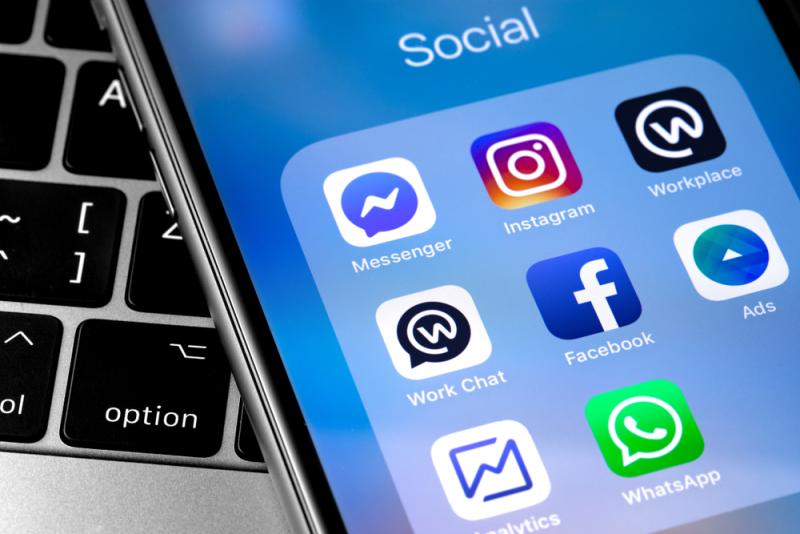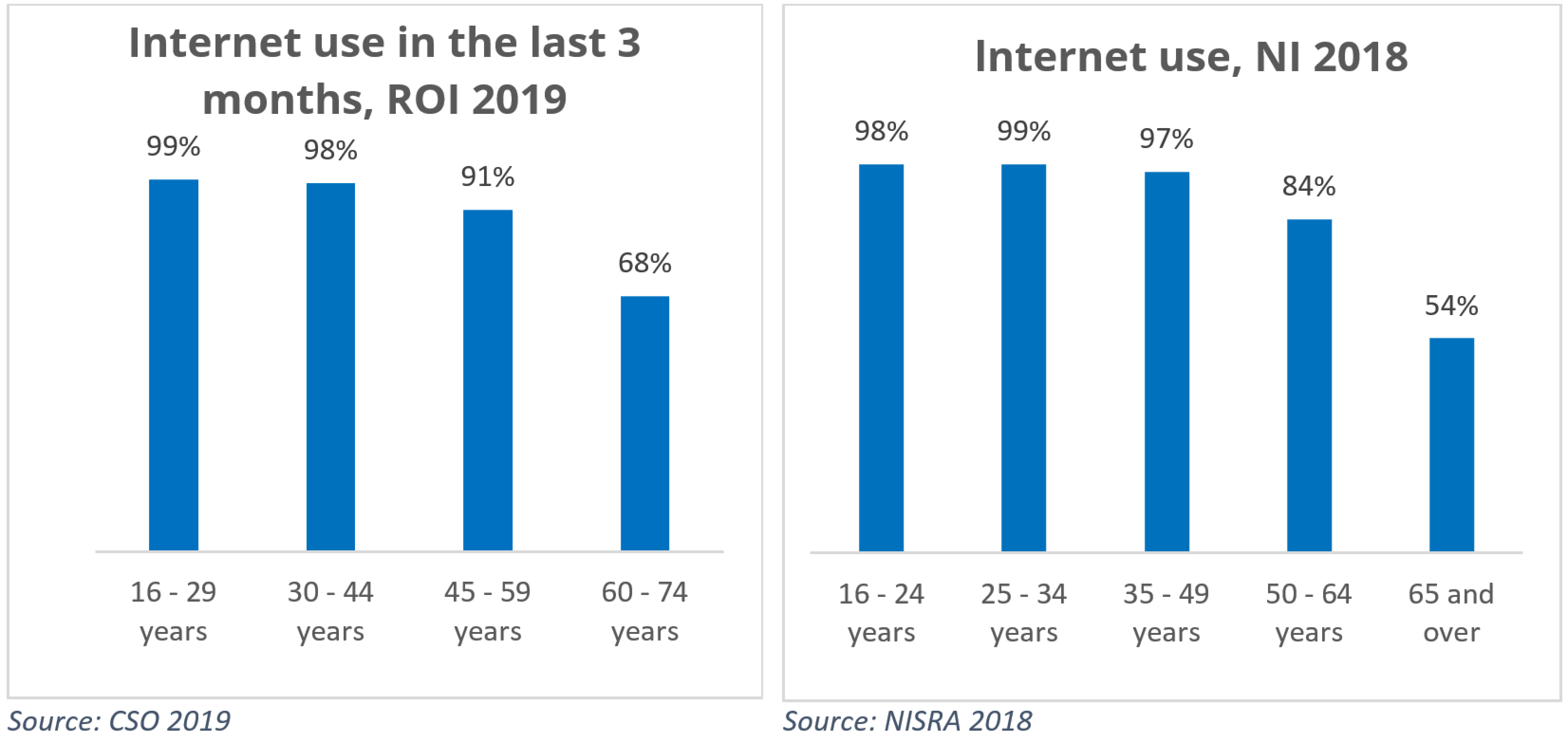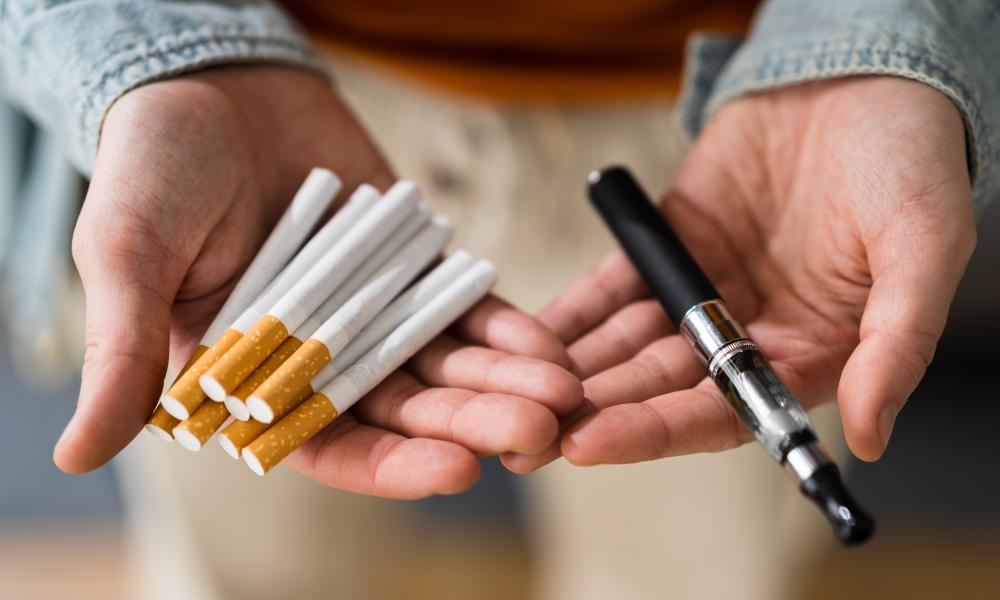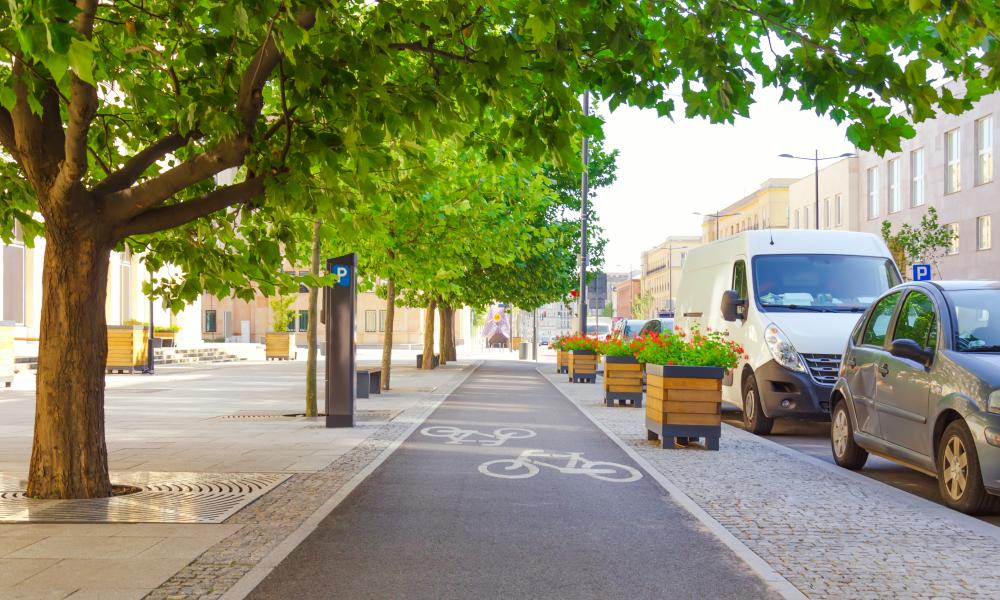
It is European Public Health Week and today’s focus is on technology becoming part of our health systems. As we spend more time online during the Covid-19 pandemic, Prof Roger O’Sullivan from the Institute of Public Health offers some insights on the digital divide in Ireland and Northern Ireland.
Covid-19 has changed our lives in so many ways as individuals, families, communities, and society. It has changed how and when we work, how we shop, how we learn, and most importantly how we connect with others.
Many of us are spending more and more hours online – it has quickly become the new norm in abnormal times. However, we must not forget that while many of us are increasing our online time during Covid-19, others have never used the internet or have low or no confidence in doing so.
There is a digital disconnect of which we must be mindful when considering how to support people during Covid-19.
In Ireland, 29% of 60-74-year-olds have never used the internet. This is in comparison to 1% of those aged 16–29 (CSO, 2019). In Northern Ireland, internet use also varies sharply with age, with 55% of those aged 65 and over having used the internet compared to 98.4% of those aged between 16-24.
The digital divide increases with age but there are also other differences. Males, for example, in Northern Ireland are more likely to use the internet compared to females. Urban areas are more likely to have faster broadband than those in rural areas (if it is available at all).
Occupation and social class are important – of those aged 65 and over, 100% from professional occupations report using the internet compared to 24% with unskilled occupations (NISRA 2018). Also, people with a disability are less likely to use the internet.

A 2015 House of Lords Select Committee report concluded that the UK Government should define the Internet as a utility service, available for all to access and use. This illustrates its importance in society and the associated disadvantages for non-users, especially in accessing goods and services.
Research by Irene Hardill and I highlighted various digital divides, including;
- physical access to equipment
- broadband provision, speed and stability
- financial resources to pay for and maintain it
- the skill and confidence to use it
- the feeling it has relevance.
The first steps in the journey to internet usage were identified as;
- Equipment e.g. computers/laptops, tablets, smartphones – all come at a cost to the user with financial implications
- Speed of access – as rural areas increasingly get internet access, urban centres increase their speed and bandwidth. The flickering connections of rural broadband is frustrating
- Confidence and support to use the internet is key. Having the equipment and the connection during Covid-19 is necessary but it will not get you access to your loved ones, church services or shopping unless you can use it with confidence.
There is a spectrum of ‘loneliness’ with internet use in older populations that government strategies need to reflect. Let me give you a very personal example: my 83-year-old mum has owned a computer for many years and has recently acquired an iPad. Before the pandemic, she was an internet user – an intergenerational internet user – used along aside her children and grandchildren. During this period my mum has been cocooning /shielding (staying at home). Her present internet use probably reflects many people’s experiences – it has been both frustrating and uplifting in helping her endeavour to remain connected. When it works it’s marvellous, but when it doesn’t it is disheartening.
Challenges she has recently faced include:
- knocking off WIFI connection
- losing volume/picture
- and most frustratingly for her, not being able to access local mass.
However, she has mastered Facetime and this has allowed us to find ways to sort some, though not all, of the technical and skill issues. Our latest solution for watching weekly mass is to use the iPad to Facetime me and then watch the service on a third device – see the picture below. For me, this emphasises the importance of personalised solutions.

Loneliness and social isolation have come to the fore during Covid-19. In April 2020, 26.6% of respondents to the CSO survey reported feeling lonely at least some of the time in the past four weeks, up from 16.9% in 2018.
Before the pandemic, groups at greatest risk of loneliness and/or social isolation included those living alone or without family and social networks; people living with disabilities and their carers (e.g. people with dementia). I can only imagine that this is multiplied with a lack of access to technology or the finance, skills, and confidence to use it.
The driver for moving services and communication online has traditionally been based on cost-saving. However, Covid-19 is a new driver and we must be mindful of the most affected groups and how to provide an effective and equitable solution. We need to understand the current usage and barriers to engagement with technology and potential low cost and sustainable solutions to increase safe and confident use and help us all during and after this pandemic.
Reference and resources
- Age Actions’ Getting Started with Smartphone Kit
- AgeUK – Connecting digitally
- CSO Information Society Statistics – Households 2019.
- CSO Social Impact of COVID-19 Survey April 2020
- Hardill, I, O’Sullivan, R. (2018) E-government: Accessing public services online: Implications for citizenship. Local Economy. The Journal of Local Economy Policy Unit. Volume: 33 issue: 1, page(s): 3-9.
- NISRA Digital inclusion Module 2018 from Household Omnibus survey.


